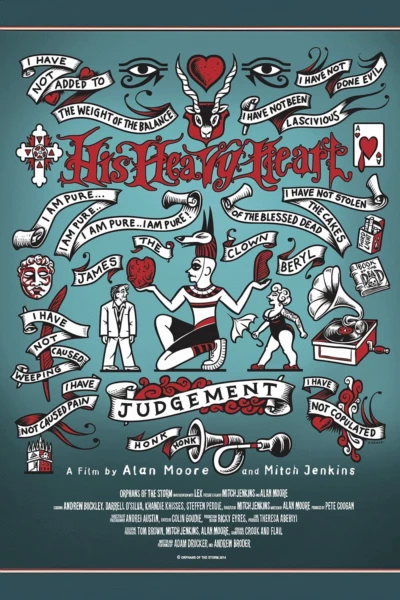Luxo Jr. (1986)
Luxo Jr. (1986)
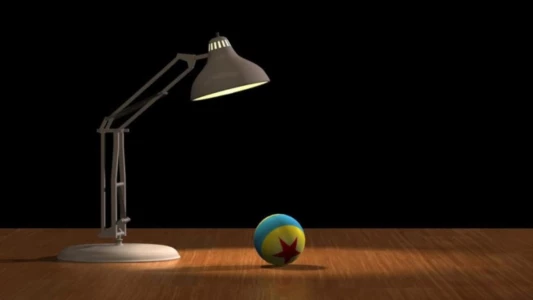
Plot.
Where to Watch.
 Subs
Subs Buy
Buy Buy
Buy Buy
Buy Buy
BuyCurrently Luxo Jr. is available for streaming online, rent, buy or watch for free on: Disney Plus, Apple TV, Google Play Movies, YouTube, Fandango At Home
Streaming in:🇺🇸 United States

Cast & Crew.

John Lasseter
Producer / Writer / Director / Animation Department Coordinator

Don Conway
Visual Effects

Rob Cook
Visual Effects

Sam Leffler
Visual Effects

Eben Ostby
Visual Effects / Animation Department Coordinator

William Reeves
Visual Effects / Animation Department Coordinator / Producer

David Salesin
Visual Effects

Paul Heckbert
Animation Department Coordinator
Media.






Details.
Release DateAugust 17, 1986
StatusReleased
Running Time2m
Content RatingG
Genres
Last updated:
This Movie Is About.
Wiki.
Luxo Jr. is a 1986 American animated short film produced and released by Pixar. Written and directed by John Lasseter, the two-minute short film revolves around one larger and one smaller desk lamp. The larger lamp, named Luxo Sr., looks on while the smaller, "younger" Luxo Jr. plays exuberantly with a ball to the extent that it accidentally deflates. Luxo Jr. was Pixar's first animation after Ed Catmull and John Lasseter left the Lucasfilm Computer Division. The film is the source of Luxo Jr., the mascot of Pixar.
Lasseter aimed to finish the short film for the 1986 SIGGRAPH, an annual computer graphics conference attended by thousands of industry professionals. The film would come from his experiments with modeling his Luxo lamp. Lasseter worked to improve the story within the allotted two minutes. In animation, the film demonstrates the use of shadow maps within the rendering software. Lasseter applied the classic animation principles popularized by Disney's Nine Old Men to convey the lamps' emotions. Catmull and Lasseter worked around the clock, and Lasseter even took a sleeping bag into work and slept under his desk, ready to work early the next morning. Ultimately, the film took four and a half months to be completed.
The short film debuted at SIGGRAPH. Before the film finished playing, the audience had already risen in applause. Luxo Jr. is regarded as a breakthrough in the animation industry as a whole, changing traditionalists' interpretation of computer animation. The short was the first work of animation to use procedural animation, the software written by Eben Ostby. It received an Academy Award nomination for Best Animated Short Film, becoming the first CGI film nominated for an Academy Award.
The soundtrack music is an uncredited edit of three compositions on Brian Bennett's album Counterpoint In Rhythm: "Finesse", "Quicksilver", and "Chateau Latour".
In 2014, Luxo Jr. was deemed "culturally, historically, or aesthetically significant" by the Library of Congress and selected for preservation in the United States National Film Registry.
Pixar Short Films Collection, Volume 1.
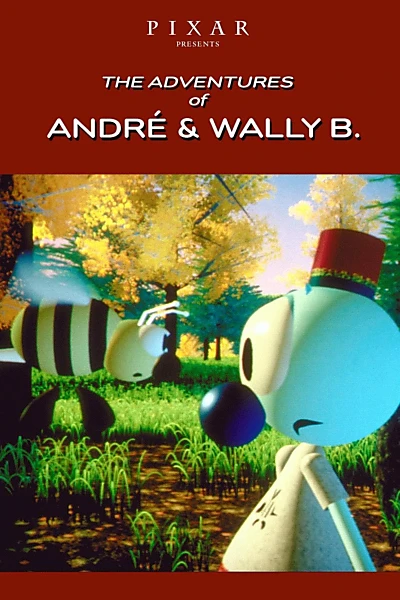
The Adventures of André and Wally B. (1984)

Red's Dream (1987)
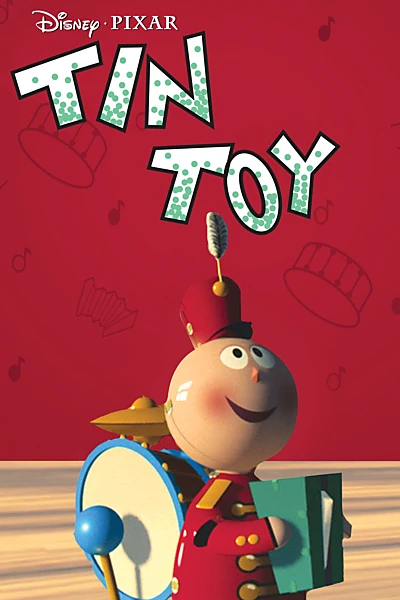
Tin Toy (1988)

Knick Knack (1989)

Geri's Game (1997)
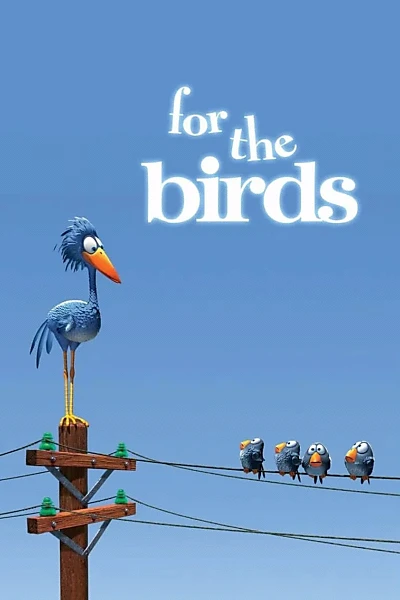
For the Birds (2000)

Mike's New Car (2002)
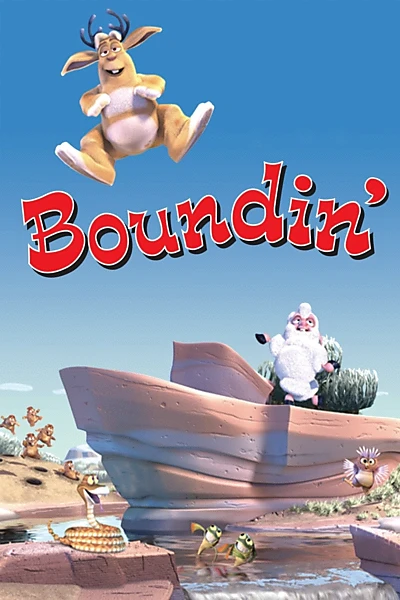
Boundin' (2003)

Jack-Jack Attack (2005)
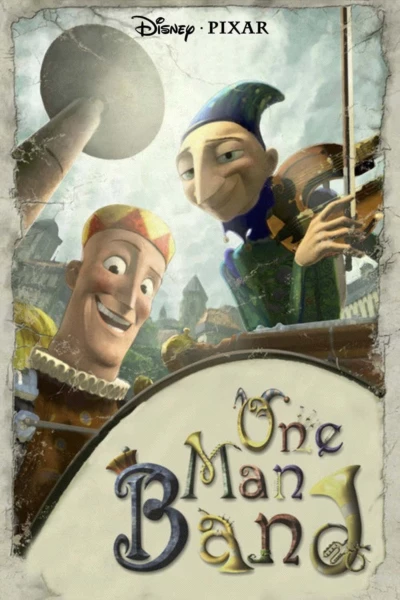
One Man Band (2005)
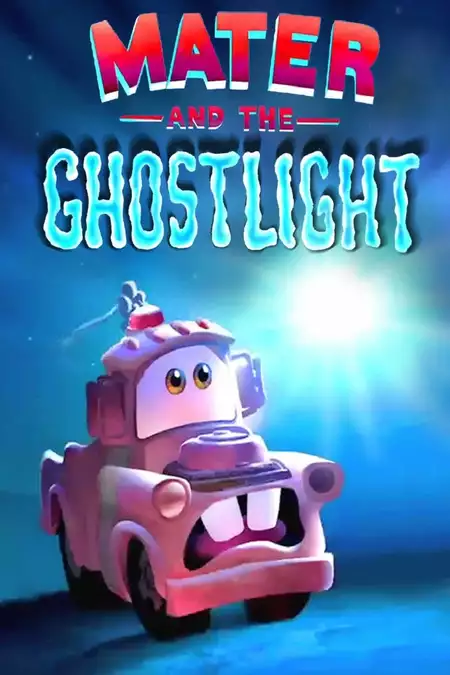
Mater and the Ghostlight (2006)
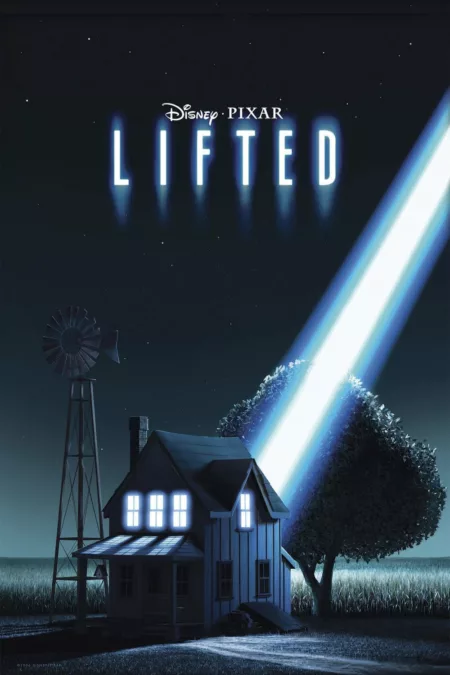
Lifted (2006)
You May Also Like.
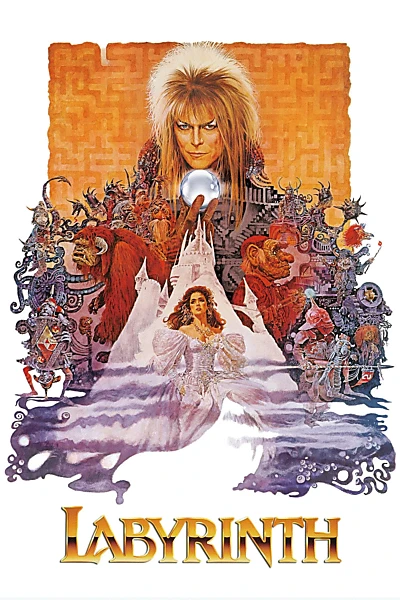
Labyrinth (1986)

Lifted (2006)

Mater and the Ghostlight (2006)
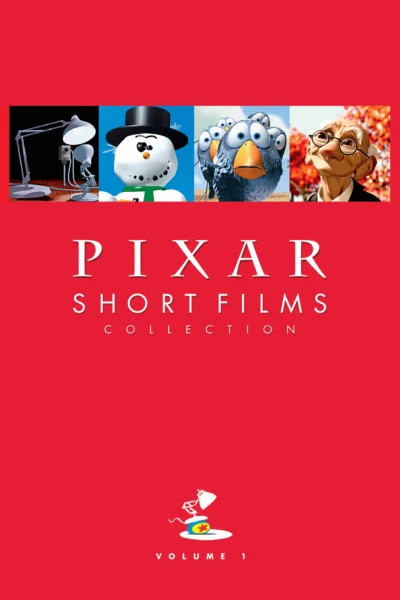
Pixar Short Films Collection: Volume 1 (2007)

Dug's Special Mission (2009)
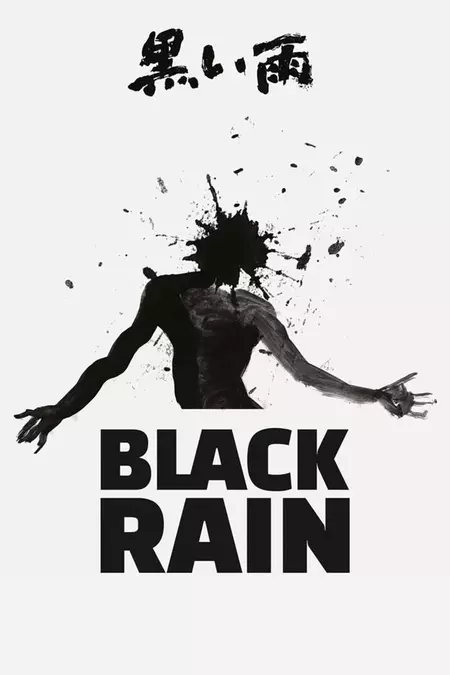
Black Rain (1989)

Tin Toy (1988)

One Man Band (2005)

The Adventures of André and Wally B. (1984)

La luna (2012)

Knick Knack (1989)

Red's Dream (1987)
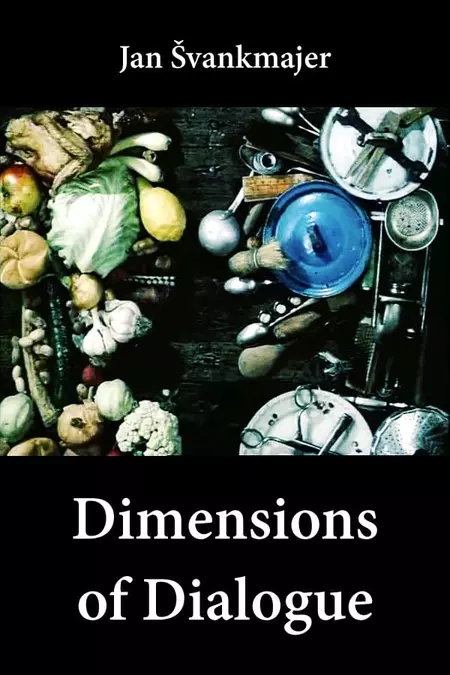
Dimensions of Dialogue (1983)
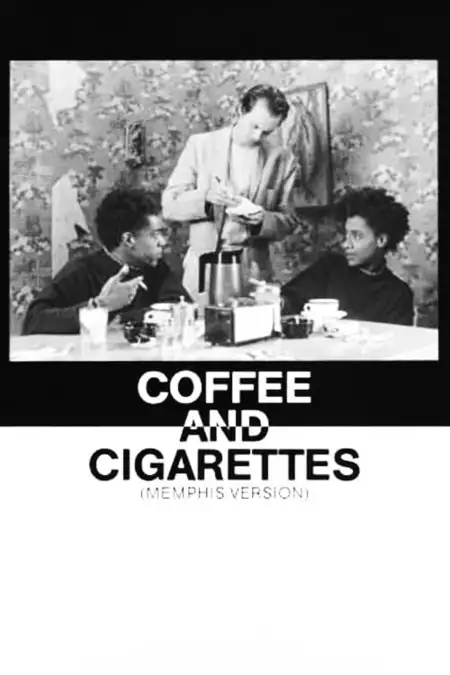
Coffee and Cigarettes II (1989)
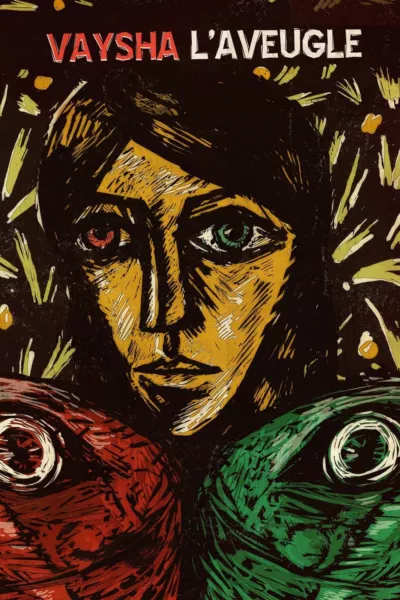
Blind Vaysha (2016)

Polizei (1988)

Weighting (2011)
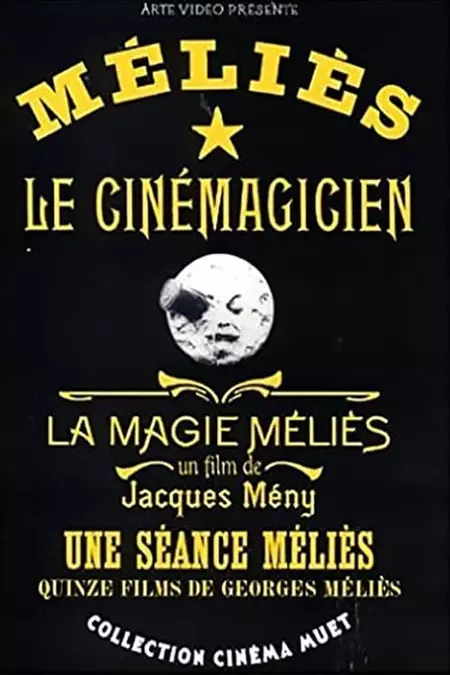
The Magic of Méliès (1997)
